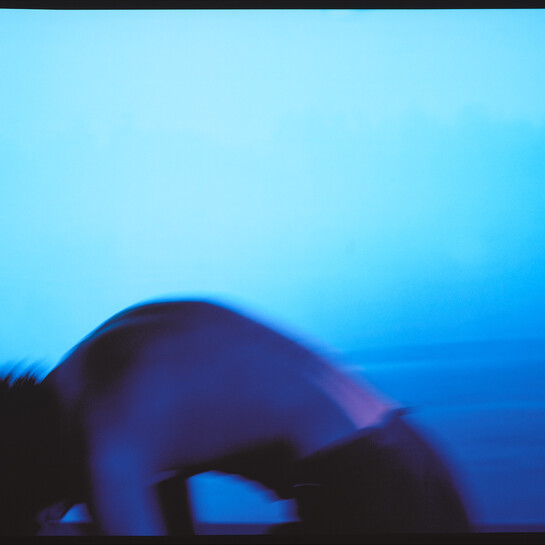Robert Askew Gill
England / Aotearoa New Zealand, b.1838, d.1907
Untitled (Ōpāwaho Heathcote River, Ōtautahi Christchurch)
- 1898
- watercolour
- Gift of relatives of R.A. Gill, 2016
- 546 x 761mm
- 2016/046
Location: Sir Robertson and Lady Stewart Gallery
Tags: buildings (structures), gates, landscapes (representations), natural landscapes, reflections (perceived properties), rivers, trees
The Ōpāwaho Heathcote River shares its Māori name with an important Kāi Tahu pā that was used as a resting place by people travelling between Kaiapoi and Horomaka Banks Peninsula. Maps from the 1850s show its banks lined with wetland plants such as harakeke, toetoe and raupō, and note the presence of surface water over much of the surrounding area. English colonists drained swamps to create room for settlement, and planted introduced species such as willow, poplar and birch. The decision to build over these low-lying areas has resulted in ongoing issues from flooding, many made worse by the 2010/11 earthquakes.
The Heathcote area was a favourite subject for Robert Gill, who made several paintings of the valley, river and estuary. Born in Cumberland, England, he came to Ōtautahi Christchurch with his family in 1887. He and his wife, Caroline, set up a drapery and outfitting business in Colombo Street, and Gill painted part-time. This watercolour shows the sky and overhanging trees reflected in the shifting river, creating a delicate and complex interplay between line and light.
Kāi Tahu ~ tribal group of much of Te Waipounamu South Island
pā ~ fortified village
harakeke ~ Phormium tenax, or New Zealand flax, an evergreen perennial plant native to Aotearoa
toetoe ~ tussock plant native to Aotearoa
raupō ~ bulrush plant native to Aotearoa
He Kapuka Oneone – A Handful of Soil (from August 2024)

